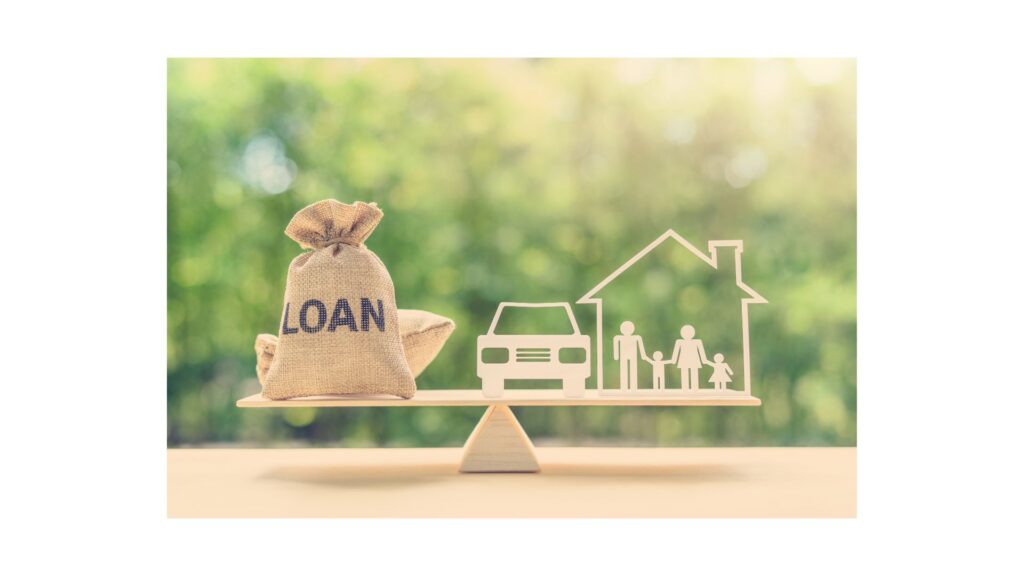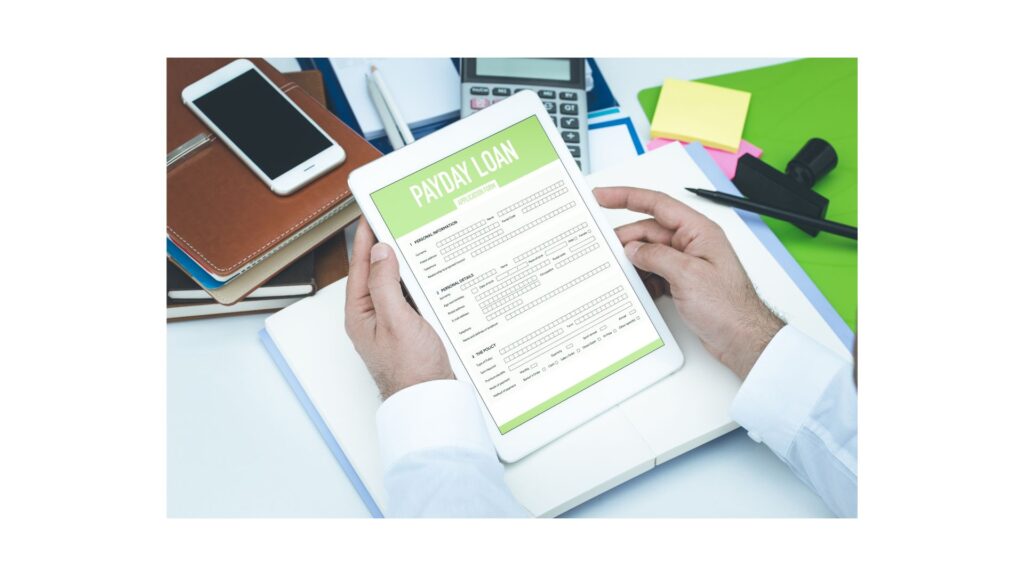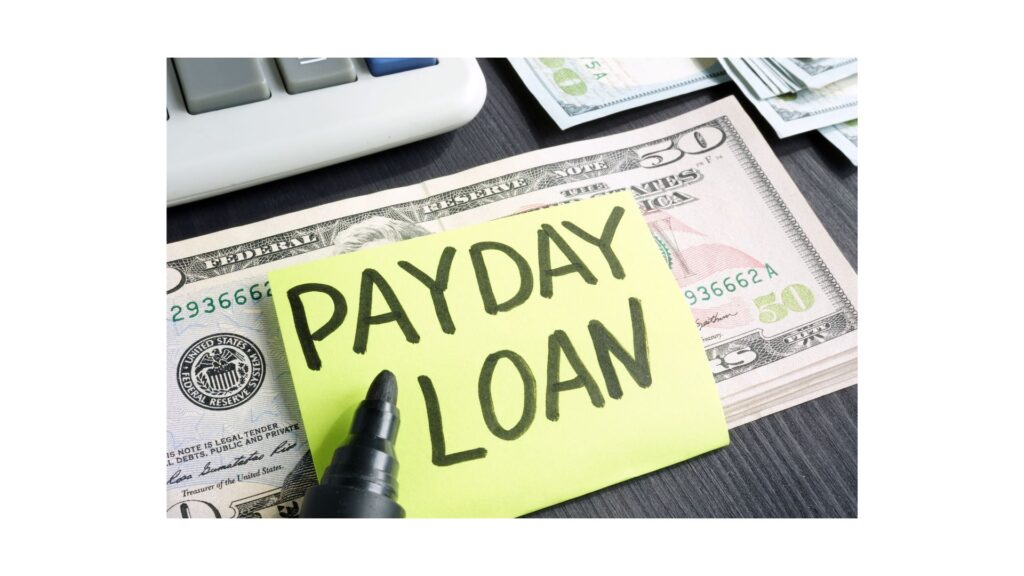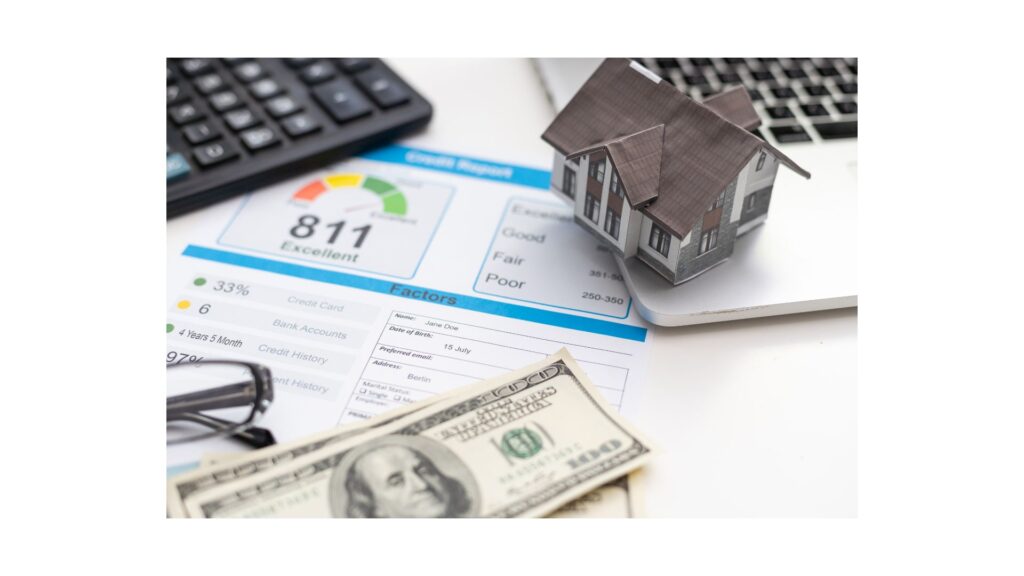At a Glance
- Goals: Setting small, achievable savings goals is crucial for building an emergency fund.
- Automation: Automating savings ensures consistent contributions without manual effort.
- Expenses: Finding ways to cut expenses can free up funds for savings.
- Windfalls: Utilizing unexpected income wisely can significantly boost your emergency fund.
Start Small and Save Consistently

Set Realistic Savings Goals
Building an emergency fund on a tight budget might feel daunting, but it’s absolutely achievable if you start small and set realistic savings goals. Before you dive in, take a moment to assess your current financial situation; know where you stand with your income and expenses. Begin by establishing a target that feels manageable rather than overwhelming. Perhaps aim to save $500 initially, which can provide a cushion for minor emergencies. You can gradually increase this amount as you get comfortable saving. Remember, the key here is consistency—setting aside even $10 a week can lead to significant savings over time.
As you develop your savings habit, consider breaking your goals into smaller milestones. For instance, you might aim for $50 by the end of the month. Celebrate these small victories; they will motivate you to stick with your savings plan. Tracking your progress can also make a huge difference. You might use a simple spreadsheet or even a budgeting app to monitor how much you’ve saved and how close you are to your goal. Keeping your savings visible will remind you of your purpose and give you a sense of accomplishment.
Automate Your Savings
One of the most effective strategies to build your emergency fund is to automate your savings. Setting up automatic transfers can take the burden off your shoulders and ensure that you consistently save without having to remember to do it manually. Most banks allow you to set up a recurring transfer from your checking account to your savings account. This way, you can allocate a specific amount to go into your emergency fund each pay period. By automating, you treat your savings like a bill—something that is non-negotiable and must be paid.
Automation not only simplifies your savings process, but it can also help you adjust to living on a slightly reduced income. For example, if you automate $25 to your emergency fund every two weeks, you’ll eventually adapt to spending without that amount in your checking account. Over time, these automated contributions will accumulate, and you may find that you can gradually increase the amount without feeling the pinch. The beauty of automation is that it builds your fund without requiring willpower on your part; you can focus on your daily life while your savings grow in the background.
Find Ways to Cut Expenses
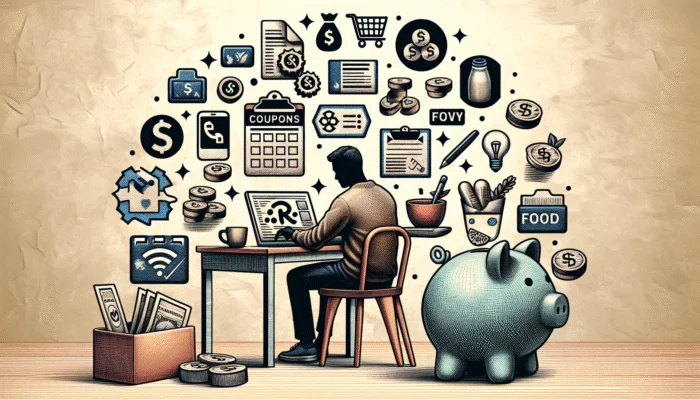
To make room for your emergency fund, it’s essential to find ways to cut expenses. Take a close look at your monthly expenditures and identify areas where you can trim the fat. For instance, do you subscribe to multiple streaming services? Consider narrowing it down to just one or two that you use consistently. Dining out is another area where many people overspend. Even reducing your outings by one meal a week can free up extra cash for savings.
Another tip is to shop smarter. Utilize grocery lists and stick to them to avoid impulse buys. Look for coupons, use cashback apps, and consider buying in bulk for non-perishable items. You might also explore local farmers’ markets for fresh produce, which can often be less expensive than grocery chains. By reassessing your spending habits and finding creative ways to cut costs, you’ll discover additional funds that can be directed toward your emergency savings fund. The key is to remain aware of your habits and make intentional choices that align with your savings goals.
Utilize Windfalls Wisely
Unexpected income, such as tax refunds, bonuses, or gifts, can be a game-changer when building your emergency fund. It’s easy to get tempted to spend these windfalls on non-essentials, but utilizing windfalls wisely can significantly boost your savings. For example, if you receive a $1,000 tax refund, consider allocating a portion or the entirety of it directly into your emergency fund. This strategy allows you to fast-track your savings without impacting your regular budget.
Moreover, having a plan for windfalls can help you avoid the common pitfall of treating them as “fun money.” Establish a rule for how you will handle these unexpected sums of money ahead of time. Maybe you decide that 75% will go into your emergency fund and 25% can be spent on something enjoyable. By being intentional about how you use windfalls, you can make significant strides towards achieving financial security. Remember, every little bit adds up, and those windfalls can be the catalyst that propels you closer to your emergency fund goal.
Explore Additional Income Sources
Consider Part-Time Work

If you’re looking to boost your emergency fund, taking on part-time work or freelance opportunities can provide the financial boost you need. In today’s gig economy, there are numerous options available that can fit around your existing commitments. From ride-sharing services to freelance writing, the possibilities are virtually endless. Even working a few hours a week can yield significant income that can be directed straight into your emergency fund.
Moreover, part-time jobs often offer flexibility, allowing you to manage your time effectively. For instance, if you’re a night owl, you might consider working at a local diner during evening hours. If you have a skill, like graphic design or tutoring, freelance platforms can connect you with clients looking for your expertise. The key is to find something that not only increases your income but also fits within your lifestyle seamlessly.
Sell Unused Items
Decluttering your home is not only a great way to tidy up your space, but it can also help you sell unused items and generate extra cash for your emergency fund. Consider going through closets, garages, and storage spaces to identify items you no longer need or use. You might be surprised at the potential value lying around your house. Popular platforms like eBay, Facebook Marketplace, and Craigslist allow you to list items quickly and easily.
When selling, focus on quality and presentation. Clean items and take clear, attractive photos to draw potential buyers in. Pricing your items competitively can also help you sell quickly. Not only is this a fantastic way to boost your emergency fund, but it also contributes to a more organized living space. You might even consider hosting a garage sale, which can be a fun way to engage with your community while decluttering and saving.
Utilize Cashback and Rewards Programs
In this digital age, many financial tools can help you save without altering your spending habits drastically. By signing up for cashback and rewards programs, you can earn back a percentage of your purchases, which can then be redirected into your emergency fund. Various credit cards and apps offer cashback on everyday purchases, such as groceries, gas, and online shopping.
Be sure to select programs that align with your spending habits; for instance, if you frequently shop at a particular grocery store, look for a rewards program that offers cashback specifically for that retailer. Additionally, consider using these rewards strategically. For example, if you accumulate a $50 cashback reward, you can transfer it straight into your emergency fund. It’s a hassle-free way to boost your savings while still enjoying the items and services you use regularly.
Expert Insights on How to Build an Emergency Fund on a Tight Budget
Include Real-World Examples of Successful Strategies
Many individuals have successfully built an emergency fund on a tight budget by employing a variety of strategies. For instance, Sarah, a single mother from Ohio, started saving just $10 a week. Over time, she gradually increased her contributions as she found ways to cut unnecessary expenses. She used platforms like Facebook Marketplace to sell items and redirected that income into her fund. Another example is David, who took up freelance graphic design work during evenings after his day job, contributing his extra earnings directly to his savings.
- Set small, achievable savings goals.
- Automate savings to ensure consistency.
- Sell unused household items for extra cash.
- Utilize cashback programs for everyday purchases.
- Consider gig economy work for additional income.
- Regularly reassess and adjust budget to find savings.
- Use windfalls like tax refunds strategically.
- Engage with local community events to boost income.
These real-world examples illustrate that with determination and creativity, it’s entirely possible to build a robust emergency fund, even when working with limited resources. The key takeaways from these strategies are that you can start small, be consistent, and leverage every opportunity available to increase your savings.
Offer Expert Analysis on the Importance of an Emergency Fund
Having an emergency fund is crucial, especially for those on a tight budget. Financial experts emphasize that an emergency fund acts as a financial safety net, providing peace of mind in times of crisis. Without an emergency fund, individuals may be forced to rely on credit cards or loans with high-interest rates, pushing them further into debt during unforeseen circumstances. This safety net allows you to cover unexpected expenses, such as medical emergencies or car repairs, without derailing your financial stability.
Moreover, the psychological benefits of having an emergency fund cannot be overstated. Research indicates that individuals with emergency savings experience lower levels of financial stress and anxiety. Knowing that you have funds set aside for emergencies empowers you to face challenges with greater confidence. This financial cushion is especially essential for those with unstable income or living paycheck to paycheck, making it a foundation for long-term stability and resilience.
Provide Actionable Steps for Building Your Fund
Building your emergency fund requires a blend of strategy, discipline, and consistency. Begin by analyzing your income and expenses to determine a realistic savings goal. Once established, automate your contributions to ensure consistent savings. Evaluate your current expenses and seek opportunities to cut back—this could be as simple as brewing coffee at home instead of buying it daily.
Next, explore various income sources, including part-time work or freelancing, to supplement your earnings. Utilize windfalls wisely by redirecting unexpected income into your fund. It’s also beneficial to track your progress regularly, adjusting your savings strategies as needed. Finally, remember that building an emergency fund takes time; celebrate small milestones along the way to stay motivated.
Discuss Common Pitfalls and How to Avoid Them
While the journey to building an emergency fund is commendable, there are common pitfalls that many encounter. One primary mistake is underestimating the amount needed for a sufficient emergency fund. Financial experts suggest aiming for three to six months’ worth of living expenses. Another common misstep is dipping into the fund for non-emergencies. To avoid this, clearly define what constitutes an emergency—such as job loss or a medical expense—and resist the temptation to use these funds for unexpected wants.
Additionally, individuals often neglect to regularly reassess their budget and savings goals. Life circumstances change, and your financial situation may evolve. Regularly reviewing your budget allows you to adapt your savings plan accordingly. Lastly, many fail to celebrate small wins, which can lead to losing motivation. Take time to acknowledge your progress, no matter how small, to keep your spirits high as you work towards your fund.
Explore Alternative Income Sources for Fund Growth
For those on a tight budget, the potential for additional income can be a game changer in building your emergency fund. Explore various side gigs that can help boost your savings quickly. For instance, consider remote opportunities like online tutoring, freelance writing, or graphic design. Many companies seek part-time help, and flexible hours can fit around your primary job.
You might also consider passive income avenues, such as renting out a spare room on platforms like Airbnb, or offering services like pet sitting or house cleaning in your local community. Blogging or creating YouTube content can also yield income over time, especially if you have a passion or expertise to share. Each of these avenues provides a means to increase your overall earnings, empowering you to funnel that money directly into your emergency fund.
How Can You Use Your Emergency Fund Wisely?
What Qualifies as an Emergency?
Understanding what constitutes a true emergency is critical to using your emergency fund wisely. Emergencies should be unexpected events that require immediate financial attention. Common scenarios that qualify as emergencies include sudden medical expenses, car repairs, job loss, or unexpected home repairs. By establishing these guidelines, you safeguard your fund from being depleted by non-essentials.
- Unexpected medical expenses.
- Major car repairs.
- Job loss or reduction in hours.
- Home repairs due to damage or emergencies.
- Essential travel for a family emergency.
- Replacement of a necessary appliance.
- Critical family obligations or emergencies.
- Legal fees related to unforeseen circumstances.
By clearly defining these situations, you will be able to use your emergency fund effectively, reserving it for genuine crises rather than everyday inconveniences. This thoughtful approach ensures your savings remain intact for when you truly need them, providing long-term security.
Strategies for Replenishing Your Fund
After utilizing your emergency fund, it’s essential to plan for replenishing it swiftly to maintain financial security. Begin by reviewing your budget to find areas where you can cut back on non-essential spending. For instance, consider temporarily reducing discretionary expenses, such as dining out or entertainment, until your fund is restored. You might also choose to redirect any bonuses, tax refunds, or side income straight into your emergency fund.
Additionally, consider increasing your automatic contributions to the fund for a few months until you reach your original target. This proactive approach will help you get back on track without feeling the strain of a financial setback. Remember, the goal is to restore the fund as quickly as possible while ensuring that your overall financial health remains a priority.
Avoiding Common Pitfalls
Being mindful of common pitfalls can help you use your emergency fund effectively and responsibly. One major error is failing to differentiate between genuine emergencies and planned expenses. Always refer back to your criteria for what qualifies as an emergency to avoid draining your fund unnecessarily. Another frequent oversight is neglecting to replenish your fund after use; without a plan to restore it, you may find yourself in a precarious situation during the next unexpected event.
Also, it’s vital to avoid the temptation to borrow from your emergency fund for non-emergencies. This can lead to a vicious cycle where you’re constantly depleting and rebuilding your savings. Keeping your emergency fund separate and treating it as sacred can help you maintain your financial stability. Finally, regularly reviewing your fund ensures that you are aware of its status and can make informed decisions about its use going forward.
Research-Backed Benefits of How to Build an Emergency Fund on a Tight Budget
How Does an Emergency Fund Reduce Financial Stress?
Research has shown that having an emergency fund can significantly reduce financial stress. Individuals who report having savings set aside for emergencies often experience lower anxiety levels, contributing to improved mental health. Knowing that you have a financial cushion allows you to approach unexpected events with confidence rather than fear. This psychological benefit is especially pronounced for those living paycheck to paycheck, where even minor financial shocks can feel overwhelming.
Studies indicate that individuals with emergency funds are less likely to resort to high-interest debt options, such as payday loans, during financial crises. This positive cycle reinforces financial stability and fosters a greater sense of security. By building an emergency fund, you aren’t just preparing for unforeseen expenses; you’re also investing in your mental well-being and peace of mind, which is invaluable in today’s fast-paced world.
What Are the Long-Term Financial Advantages?
Establishing an emergency fund offers significant long-term financial advantages. One of the primary benefits is the prevention of high-interest debt accumulation. When unexpected expenses arise, individuals without emergency savings often resort to credit cards or loans to cover these costs, leading to debt traps that can take years to escape. An emergency fund allows you to handle these situations without incurring additional debt, leading to a healthier financial future.
Moreover, having a solid emergency fund enhances your overall financial planning. It provides you with the flexibility to make choices without the stress of financial insecurity. For instance, you might feel more comfortable pursuing a new job opportunity or starting a side business, knowing that you have a safety net in place. Over time, this financial stability can develop into wealth accumulation, enabling you to invest in opportunities that can further enhance your financial position.
Expert Insights on the Impact of Emergency Funds
Experts agree that having an emergency fund is a cornerstone of sound financial planning. Financial advisors often highlight that emergency funds are not just about saving money; they’re about building a sustainable financial future. By ensuring you have reserves for unexpected costs, you create a buffer against financial shocks that can disrupt your life.
Additionally, emergency funds allow for better decision-making during financial distress. Instead of making hasty choices out of panic, you can evaluate your options more clearly, leading to better outcomes in the long run. Ultimately, emergency funds contribute to overall financial security and stability, enabling individuals to navigate life’s uncertainties with greater ease.
Utilize Financial Tools and Resources
Choose the Right Savings Account
Selecting a suitable savings account can significantly impact the growth of your emergency fund. A high-yield savings account is ideal as it typically offers better interest rates compared to traditional savings accounts, allowing your money to grow over time. Research various banks and credit unions to find one that offers competitive rates without high fees. Look for accounts that provide easy access to your funds, ensuring you can withdraw when necessary without penalties.
Moreover, some financial institutions offer additional perks, such as bonus interest rates for maintaining a minimum balance or regular deposits. It’s worth considering whether these features align with your financial goals. Additionally, ensure that your chosen account is federally insured by the FDIC or NCUA so that your savings are protected up to the insured limit. This gives you peace of mind while you build your emergency fund.
Use Budgeting Apps to Track Progress
Budgeting apps can be invaluable tools for monitoring your savings goals. These apps allow you to track progress in real-time, making it easier to stay accountable to your savings plan. Many budgeting apps feature visual tools, such as graphs and charts, that illustrate your savings growth, motivating you to stick with your strategy.
Additionally, you can categorize your expenditures and set limits on various spending categories, allowing you to identify areas where you can save more. Some popular apps even allow you to link your bank accounts for easy tracking of your savings deposits. By leveraging the technology of budgeting apps, you can simplify your financial management and remain focused on your goal of building an emergency fund.
Seek Financial Advice from Professionals
Consulting with financial advisors can provide personalized strategies to help you build and manage your emergency fund effectively. These professionals can assess your unique financial situation, offering insights tailored to your specific needs and goals. They can help you develop a comprehensive financial plan that incorporates your emergency fund into a broader budgeting strategy.
Moreover, financial advisors can guide you in setting realistic savings targets based on your income and expenses, ensuring that your goals are achievable. They also stay up to date with financial products and tools that could benefit your savings plan. By seeking expert guidance, you not only gain valuable advice but also instill confidence in your financial decision-making process.
Explore Investment Options for Emergency Funds
While traditional savings accounts serve as a safe place to stash your emergency fund, exploring investment options can also enhance its growth potential. Consider low-risk investments such as money market funds, which offer better returns than typical savings accounts while still providing liquidity. These funds invest in short-term debt, making them a relatively safe choice for maintaining access to your emergency funds.
Additionally, some individuals opt for short-term bond funds, which can provide slightly higher returns with minimal risk. However, it’s crucial to assess your risk tolerance and ensure that your emergency fund remains easily accessible for genuine emergencies. Before diving into investments, educate yourself on how each option works and consult financial professionals if needed. This approach allows you to maximize the growth of your emergency fund while safeguarding its primary purpose.
Utilize Online Financial Calculators
Online financial calculators are powerful resources for understanding how much you need in your emergency fund and projecting its growth over time. Various calculators allow you to input your monthly expenses and determine a suitable savings target based on your circumstances. For example, if you know you need three months’ worth of expenses saved, these tools can help you quantify that goal and devise a savings plan.
Additionally, you can use calculators to experiment with different scenarios, such as adjusting your monthly contributions or interest rates. This experimentation can provide a clearer picture of how quickly you can grow your fund and motivate you to stay on track. Whether you’re a beginner or someone more experienced, using these online tools adds a layer of clarity and accountability to your quest for building a robust emergency fund.
FAQs
How much should I aim to save in my emergency fund?
It’s advisable to aim for three to six months’ worth of living expenses in your emergency fund. This amount provides a sufficient buffer for unexpected costs.
What qualifies as an emergency?
Emergencies typically include unforeseen events like medical expenses, job loss, urgent home repairs, and essential travel for family emergencies.
How can I automate my savings effectively?
You can automate your savings by setting up recurring transfers from your checking account to your high-yield savings account, ensuring consistent contributions to your emergency fund.
What are some ways to cut expenses for saving?
You can cut expenses by reducing dining out, canceling unused subscriptions, shopping with a list, and exploring discount options.
Are there any risks in using investment options for my emergency fund?
Yes, investments come with varying degrees of risk. It’s crucial to choose low-risk options and ensure that your funds remain accessible for emergencies.
How can I find part-time work to increase my income?
Consider looking on job boards for part-time positions, exploring freelance platforms, or engaging in gigs like pet sitting or tutoring locally.
What is the best type of savings account for an emergency fund?
A high-yield savings account is often the best choice for an emergency fund, offering competitive interest rates while ensuring liquidity and security.
How do I replenish my emergency fund after using it?
You can replenish your emergency fund by reviewing your budget, redirecting bonuses or windfalls, and temporarily cutting back on discretionary spending.
Can I use my emergency fund for planned expenses?
No, it’s best to reserve your emergency fund for genuine unexpected expenses to avoid depleting it unnecessarily.
How can I track my progress in building my emergency fund?
Using budgeting apps or simple spreadsheets can help you monitor your contributions and visualize your progress towards your savings goal.

A Mississippi-based financial consultant with over a decade of experience in personal finance and payday lending. Originally from Jackson, he holds certifications in financial planning and credit advisory. Passionate about helping everyday Americans make smarter borrowing decisions, he focuses on guiding people away from common debt traps while promoting healthy financial habits. His expertise bridges the gap between short-term loan needs and long-term money management strategies. Outside of work, he volunteers with local programs that promote financial literacy across Mississippi.

